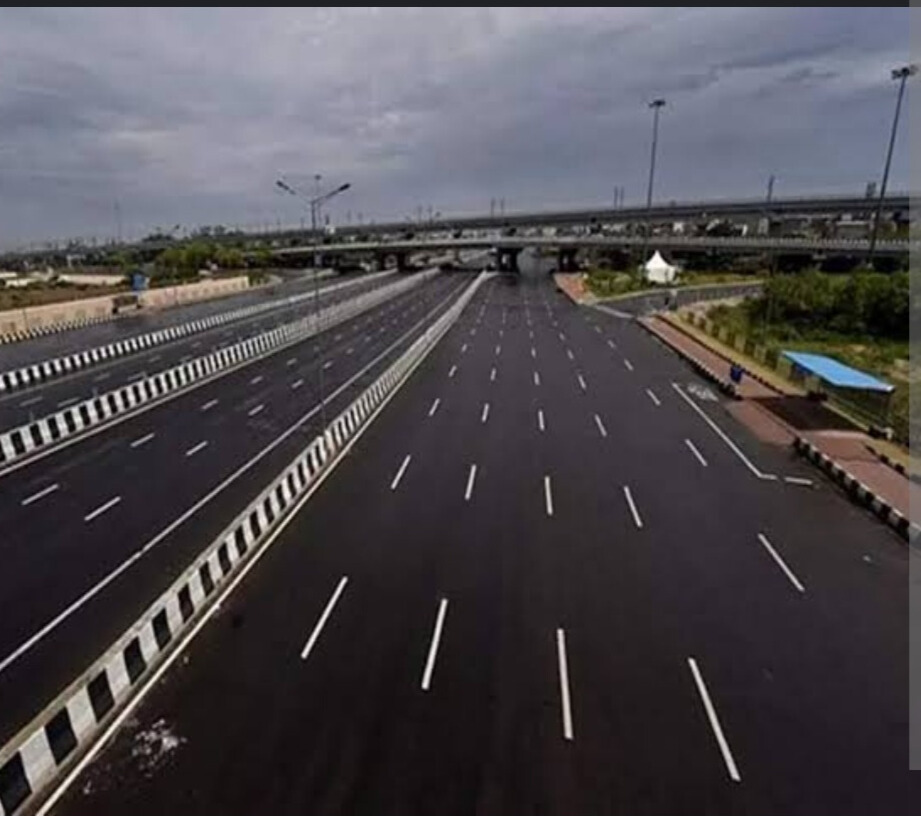NHAI to record projects progress through drones for ensuring transparency
The drone survey from the initial stage will help them maintain a lot of records and will also ensure that deadlines are met on time.

NHAI to record projects progress through drones for ensuring transparency
The National Highways Authority of India (NHAI) has decided to drone record the progress of its projects, including the Detailed Project Report (DPR) stage to ensure transparency and uniformity. The use of new technology was started with the monthly mandatory drone recording of National Highway Projects in June 2021 but it included development, construction, and Operation and Maintenance (O&M) stages for recording.
Now the DPR stage has also been included in the process. A Request for Proposal (RFP) was issued on November 18, 2024, for the NHAI to engage agencies for recording drone imagery of National Highways during the DPR, construction, and O&M stages.
The drone survey from the initial stage will help them maintain a lot of records and will also ensure that deadlines are met on time.
 Read Also : BEL received Special Jury Supplier Award from Thales
Read Also : BEL received Special Jury Supplier Award from Thales
The NHAI has already impaneled two service providers for the Drone Analytics Monitoring System (DAMS) to enable remote tracking and monitoring of NHAI projects. Initially, the period of empanelment will be three years which can be extended for another two years.
In this system, the high-resolution imagery collected through the drone will be reconstructed and analyzed to identify change detection on various key parameters using Artificial Intelligence/Machine Learning algorithms and demonstrate the output on a dashboard of four suites – under construction, O&M, plantation, and road safety.
The NHAI now intends to standardize the outcome of drone imagery of the national highway projects to enable remote tracing and monitoring of projects by use of AI/ ML systems. The first zone included the hill states of Jammu & Kashmir, Ladakh, Himachal Pradesh, Uttarakhand, Arunachal Pradesh, Assam, Manipur, Meghalaya, Mizoram, Nagaland, Sikkim, and Tripura.
Read Also : Power Minister inaugurates NTPC Green Hydrogen Mobility Project in LehThe second zone covers Punjab, and Uttar Pradesh while Delhi, Chandigarh, Haryana, and Rajasthan are under the third zone. Under the fourth zone are states of Bihar, Jharkhand, West Bengal, Madhya Pradesh. Maharashtra, Goa, Dadra Nagar, D Haveli, Daman & Diu, and Gujarat are clubbed into one zone. Andhra Pradesh, Telangana, Odisha, and Chhattisgarh are covered in the next zone. The last zone covers Karnataka, Pondicherry, Tamil Nadu, and Kerala.
Read Also : Union Minister Shri Manohar Lal visits 45 MW NHPC Nimoo Bazgo Power StationNews Must Read
- Power Minister inaugurates NTPC Green Hydrogen Mobility Project in Leh
- Rites revises estimate for Northeast Frontier Railway electrification to Rs 532 crore
- Central Bank of India gets approval for insurance JV with Generali Group
- CSL signs MOU with Seatrium Letourneau USA, to develop jack-up rig design
- RBI inflows Rs 25,000 crore to boost system liquidity in banking system
- RVNL Fined by NSE and BSE for Board Composition
- Possible Collaboration between NLC India and Kerala State Electricity Board
- BEML wins BH60 Rear Dump Trucks worth of Rs 247 crore
- Navaratna PSU stock: Railtel bags order worth Rs 9.93 crore, shares rises above 1.4%
- PSU Honor: Power Ministry awarded First Prize to SJVN